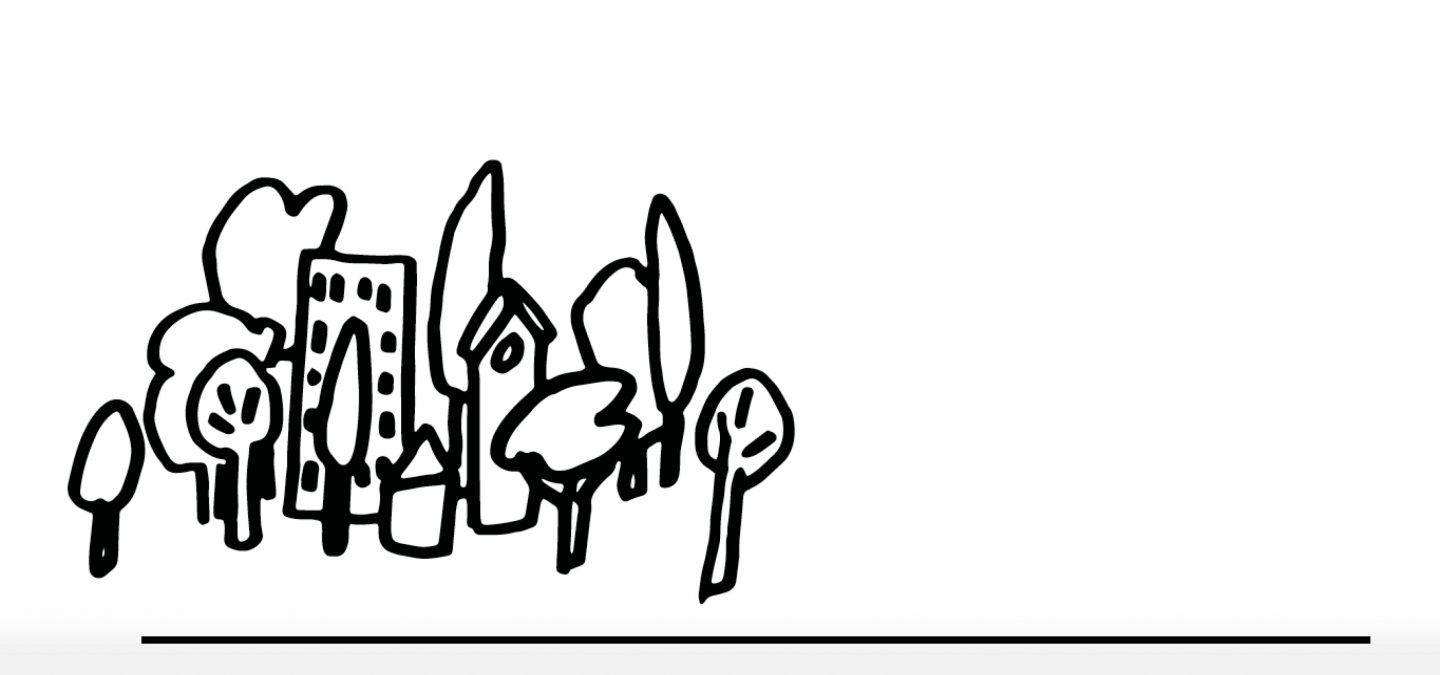
Keep up with our latest news and projects!

There is nothing more human than cities. Nature and the city have historically been two opposing concepts. As a society, we have typically viewed humanity and our creations as separate from nature. The Cambridge and Oxford dictionaries state that nature exists “independently of people” and includes the physical world collectively “as opposed to humans or human creations.” This is particularly evident when one looks at the development patterns of cities throughout history, with many having eliminated, compartmentalized, or tamed nature and its processes.
In the past several decades, there has been a shift in perspective, with much debate across disciplines as to why society views humans as separate from nature, when our species so heavily depends upon, and is greatly impacted by, nature and its cycles. Renowned conservationist M. Sanjayan in an interview about humans and nature stated: “Let’s change the debate and make it that humans are part of nature, and then you start realizing the reason for saving nature is about saving ourselves” (Hawkes, 2015). In light of this idea, more and more cities are actively seeking to reconcile and integrate the human city and nature. This article advocates for more nature in the city by encouraging readers to look at public space from an ecological perspective, while providing a few examples of how cities have taken steps to integrate human and natural systems.
Existing literature and practice suggest that inclusive public spaces are open, accessible, and comfortable for all (Nadimpalli et al., 2018). Traditional dialogue about inclusion has been centered around humans. However, it is important to recognize that a diversity of organisms inhabit the city. Therefore, a truly inclusive public space must include nature in its planning, design, and maintenance.
Inclusive public space fosters relationships and interactions. These two terms form the foundation of ecology, a branch of biology that deals with how organisms relate to one another and their physical surroundings. Integrating principles of ecology into the planning and design of urban public space creates opportunities to enhance biodiversity and its ecosystem services.
According to the United Nations, cities are some of the biggest beneficiaries of biodiversity and ecosystem services (Puppim De Oliveira et al., 2010). Biodiversity refers to all the different kinds of living organisms within a given area, which includes plants, animals, fungi, and other living things. Biodiversity ensures a resilient and functional ecosystem and provides natural resources. One way of representing the benefits of biodiversity is the concept of ecosystem services, which are the benefits people derive from the environment. These benefits range from physical goods such as food, forest products, and other raw materials to services such as clean air, water purification, pollination, climate control and urban noise reduction. It is important to recognize that nature in the city can also enhance the physical, psychological, and social well-being of urbanites (IUCN, 2018; Calvo, 2010; Shanahan et al., 2015; Forest Service, 2018).
A major issue of our time is that ecosystem services and biodiversity are being degraded and lost at an unprecedented scale, due in part to rapid urbanization (Muller et al., 2010). When the places where animals, plants, fungi and a variety of other organisms live are repurposed for other uses, conditions change and they typically either adapt, migrate or die. Whereas much focus has been placed on the impact of the city on nature and its functions, recent debates have shifted towards questioning how cities can support biodiversity and ecosystem services. In an increasingly urbanized world, the city must become part of the solution by creating space for nature within its boundaries.
A basic understanding of a few ecological concepts will help stakeholders learn how to better support biodiversity and ecosystem services in the city’s public spaces. Looking at the city from this perspective introduces a key challenge: how to integrate specialized knowledge and management practices to maintain or enhance more natural areas and promote urban ecosystem services (Ziter et al., 2018). Armed with some knowledge, the chances of a citizen, urban planner, designer or public official advocating for more nature in their city increases.
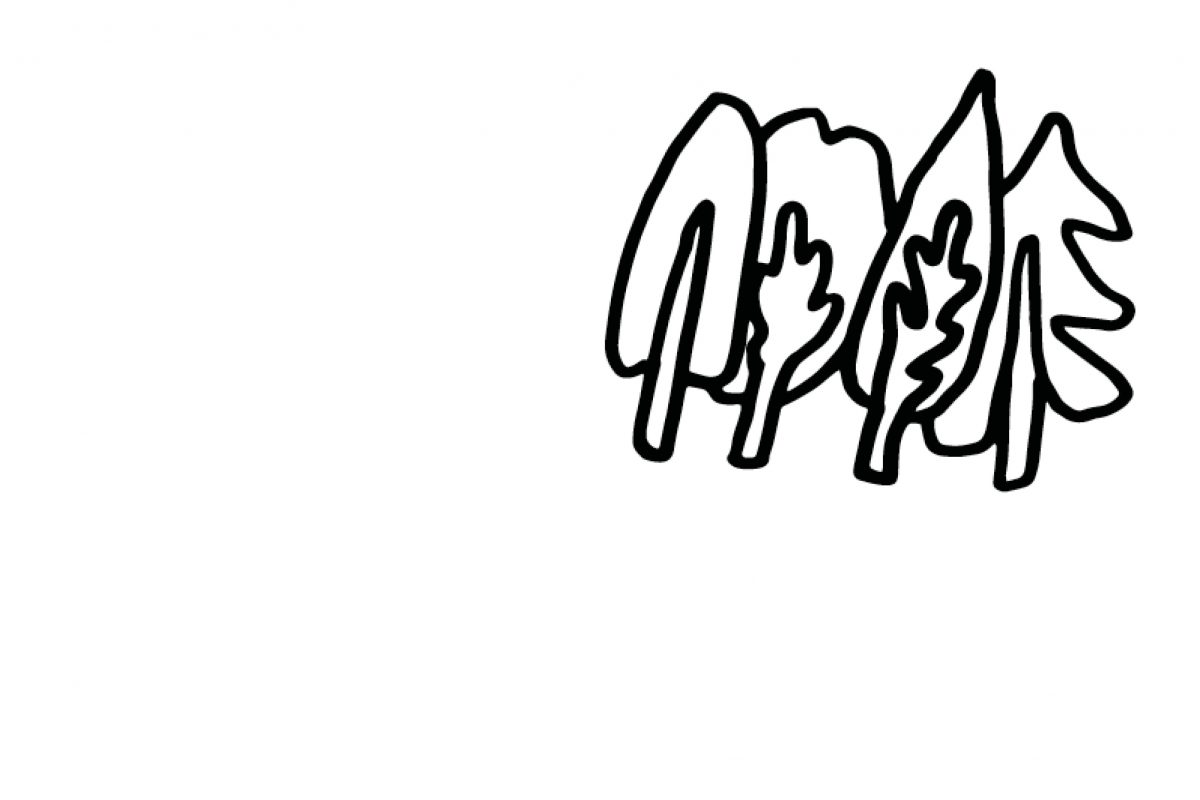
Habitat. Animals, plants, and insects must live somewhere. The planning, conservation and management of urban green space is critical to providing habitat and maintaining biodiversity (Aronson et al., 2017). These vegetated spaces present the greatest opportunities for intervention, yet they are also at the highest risk of being developed. Cities typically grow in two ways: they either expand, consuming green space as they grow outwards, or they densify, putting pressure on the remaining green space as they grow inwards and up.
There are many types of green space in the city, from formal parks to informal spaces such as overgrown vacant lots and highway medians (Rupprecht & Byrne, 2014). Understanding where and what type of green spaces are present in and around the city is the first step in understanding habitat distribution and potential. Viewing aerial images on Google Earth allows anyone to quickly identify green spaces in the city, large and small.
Size (probably) matters. Research tells us that the amount of urban green space is an important factor in achieving greater biodiversity (Reyes & Figueroa, 2010). Experience tells us that urban green spaces are typically small and scattered throughout the city. More research is needed to determine how large an individual green space should be to support nature in the city. Regardless, larger spaces should be prioritized and smaller spaces should be connected to make larger systems (Puppim De Oliveira et al., 2010)
Quality. Evidence suggests that the size and quality of urban green spaces are important factors that support plant and animal populations in urban areas (Lepcyzk et al., 2017). Since creating or preserving large green spaces can be difficult to achieve, particularly in denser cities, emphasis should be placed on enhancing the quality of existing green space. Stockholm’s 2018 City Plan advocates for a dense and connected city while also recognizing that “green land will sometimes have to be used for new development” but that “at the same time, it is important to reinforce any assets so that the perceived access to good parks and natural areas is assured.”
Quality is difficult to define and hard to measure. However, there are many methods and tools available to assess the quality of a green space, from complex scientific studies to simplified checklists that can be used by citizen volunteers. Diversity, structure, and composition (further explained below) can offer a quick approximation of green space quality.
Biodiversity. Diversity maintains a functional and resilient environment and is responsible for environmental services. One does not need to know all the species of trees, plants and animals to determine if a particular space is diverse. Look around: do all trees have the same structure, leaves and bark? Is the entire area landscaped with just grass? How many different colored birds do you see? Can you hear insects? There are visible and audible cues that allow us to assess diversity, also known as species richness.
Structure and Composition. The ecological function of an urban green space is heavily influenced by its composition and structure. Composition refers to the species that comprise the space while structure refers to the presence of multiple vegetation layers. Threlfall et al. (2016) examined the impacts of increasing the number of native species and understory vegetation on biodiversity. Understory vegetation includes all of the plants below the canopies of taller trees such as: small trees, shrubs, herbs, grasses, mosses and lichens. The study “found 30–120% higher occupancy for bats, native birds, beetles and bugs with an increase in understory volume from 10 to 30%. They also found 10–140% higher occupancy across all native taxa [group of one or more populations of an organism] with an increase in the proportion of native vegetation from 10 to 30%.” This means that by simply adding layers of vegetation and planting native species, biodiversity was improved.
Connectivity. Animals, plants and insects are mobile. Like people, they need ‘pathways’ to move from point A to point B. Urban habitats, or green spaces, are typically very fragmented. We must think in terms of connectivity and ensure that networks of green spaces weave throughout the city, facilitating movement. Even small patches of green space within the city can connect mobile populations, such as butterflies and birds, with larger habitat on the outskirts of the city (Lepcyzk et al., 2017).
Urban ecology is a growing field that elicits a lot of conversation and debate (Nature of Cities, 2018). The scientific basis for the concepts described above is growing; however, taking action without significant evidence that the intervention will bring the desired outcome can be a real challenge. Many academic studies provide evidence, but they are specific to a particular species or urban context. There will be success and failure in applying ecological concepts to planning and design decisions in the urban environment. Don’t let this be an excuse for inaction, we must learn by doing. This next section provides several examples of how cities have translated the above concepts into reality through better management, design and planning.
Simple changes in the management of vegetation in existing green space can have positive impacts on biodiversity and ecosystem services. Successful vegetation management requires careful planning, strategic implementation, continuing maintenance, and evaluation of ecological outcomes.
Break up the grass with other vegetation.
According to Aronson et al. (2017) “Common management practices – such as maintenance of turf grass lawns, tree and shrub pruning, pesticide and herbicide applications, and introduction of non-native plant species – threaten the biodiversity of cities.” Typical urban parks, especially in the United States, include large swaths of green grass speckled with trees. When traveling from city to city, one begins to notice that globalization has influenced green space design, with the same landscape patterns and plants repeating. Some have even coined this phenomenon as ‘blandscaping’ (Connop & Nash, 2018). Therefore, it is not surprising that cities host only 25% of the plant species predicted to grow based on their overall urban and non-urban ranges (Aronson et al., 2014). Simply breaking up endless lawns with other vegetation, favoring more structure (different sized trees and bushes), and variety (diverse vegetation) can enhance habitat and function (Threlfall et al., 2016; Aronson et al., 2014). Given the difficult growing conditions that some species require, vegetation choice should be based on factors such as ability to survive and low input requirements (water, fertilizer, pesticide, etc.). When possible, native plants should be used. An excellent example of an urban park with a variety of vegetation and structure is Lurie Garden in Chicago, Illinois.

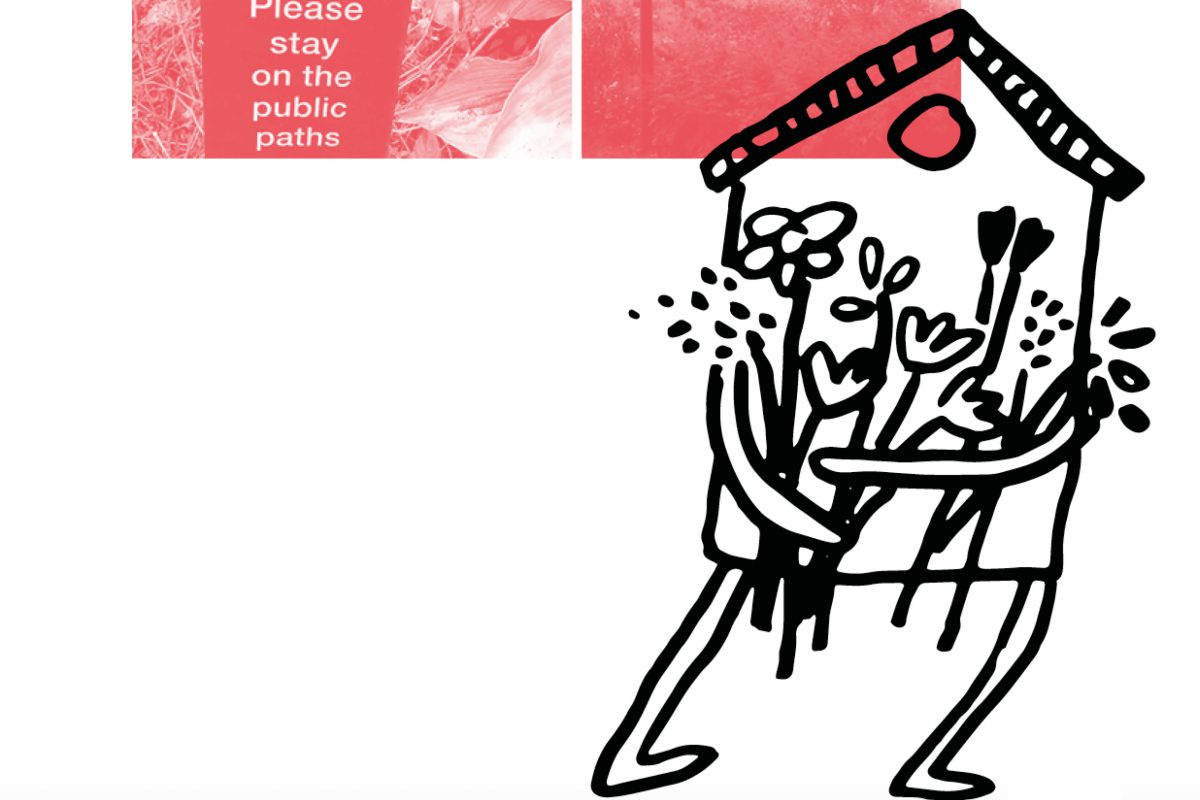
Reduce the amount of mowing
Choosing to mow urban parkland less often, perhaps every few weeks, as opposed to once or twice a week, increases the number of pollinators (Connif, 2014). Many cities have taken reduced mowing schedules one step further by creating ‘no mow zones’ or ‘urban grow zones.’ These are designated areas left to re-naturalize, which means that maintenance staff allows for natural plant growth. Some cities take a completely hands-off approach, while others might monitor the area for changes and apply management techniques to promote native seeding/planting and remove invasive species. This has become a common practice along creeks and rivers, as the vegetation is able to filter urban runoff before entering the stream, provide habitat, and reduce evaporation, among other benefits. This practice was successfully implemented by the city of Austin, Texas.
Educate citizens on the benefits of more variety and less maintenance
Areas of reduced maintenance may need to come with an educational component as well, with some users requiring a little more convincing. A key challenge to green space design and management is balancing human perception, needs and use with ecological requirements for biodiversity (Aronson et al., 2017). A park user who is used to manicured turf and neatly trimmed hedges might be caught off guard when they walk by and see weeds and other ‘unsightly’ vegetation growing tall. This opens the door for curious phone calls and complaints, but these conversations always present opportunities for staff to educate citizens on the environmental benefits these improved spaces are providing and the cost savings to the taxpayer.
Retrofitting existing public space to include more green.
Get creative by retrofitting existing built elements and spaces in between. In dense cities, simply finding a space to establish a sizeable park is difficult. Hence, cities around the world have found innovative solutions to add more green to the built environment. Possible interventions include green roofs, utilization of abandoned transportation infrastructure, “pocket” or mini parks, green walls, or vacant lots. Essentially, cities must rethink how particular features of the built environment can support vegetation and associated habitat. Since this article does not go into detail about how to implement these retrofits in the urban environment, readers are encouraged to take inspiration from the photos below and research further potential solutions. A brief description of each photo follows.

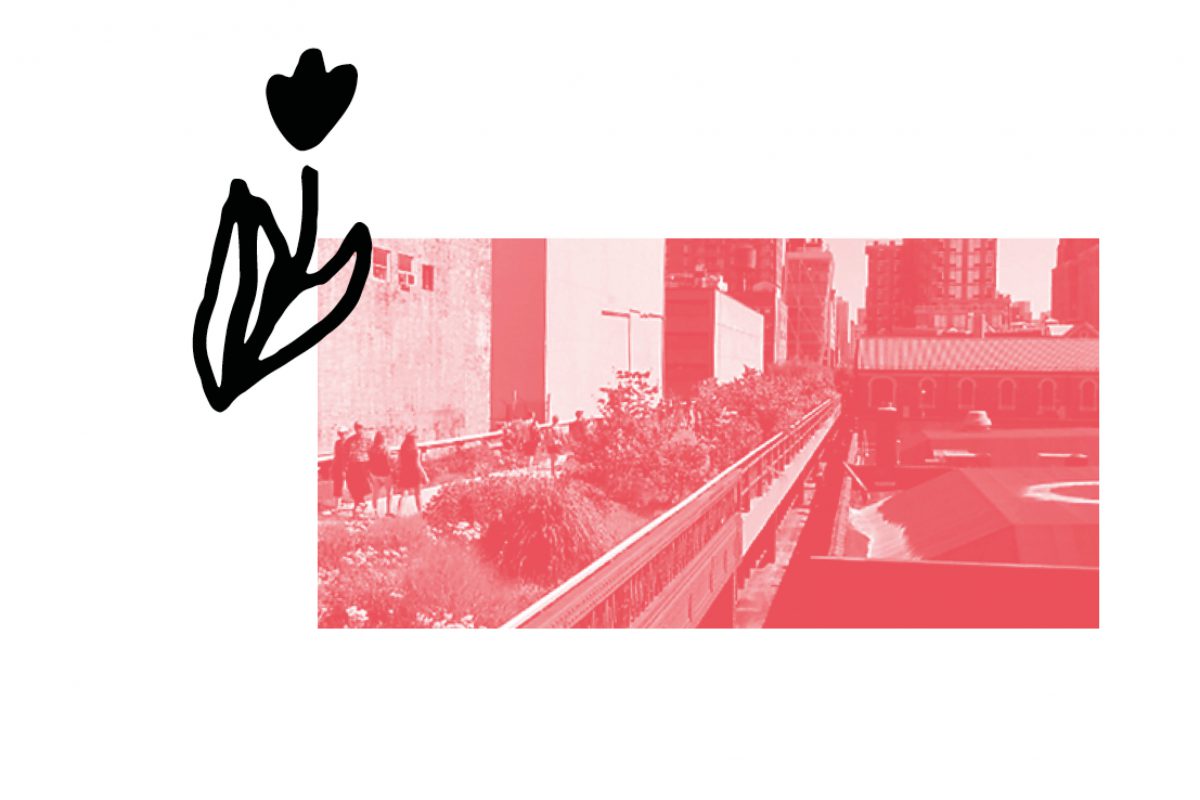
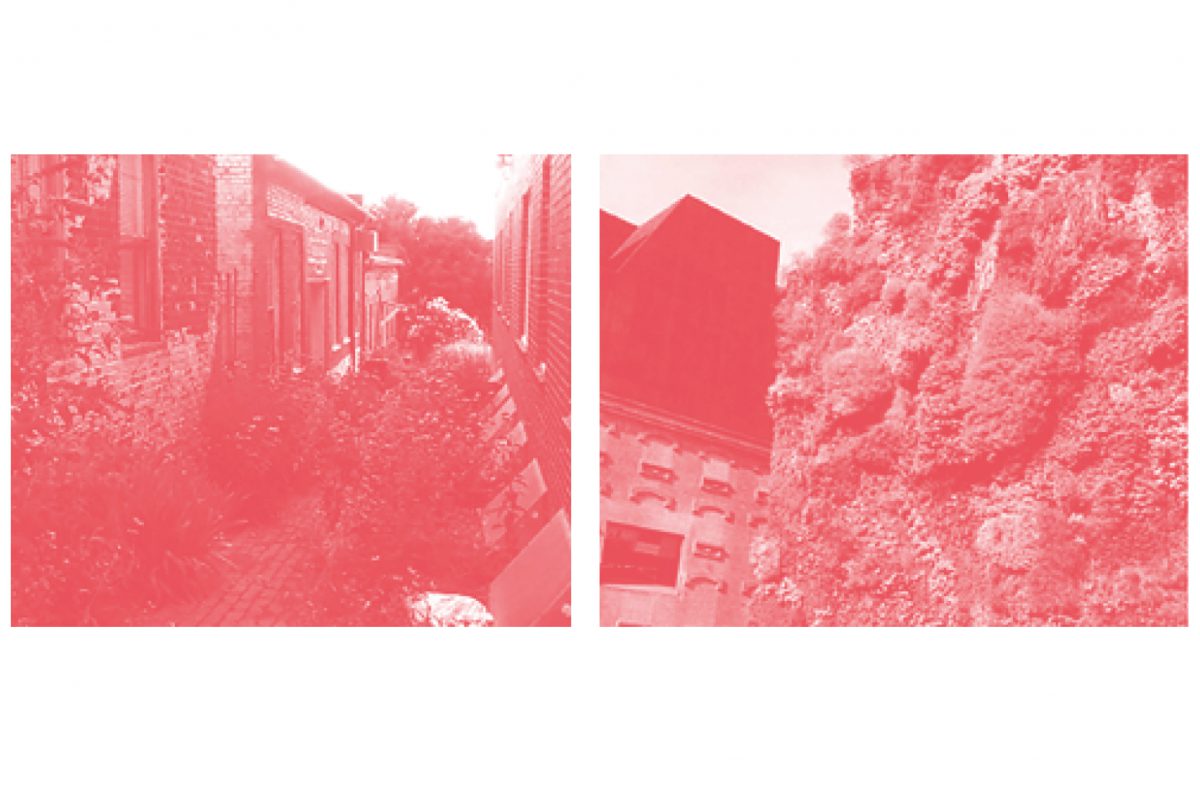
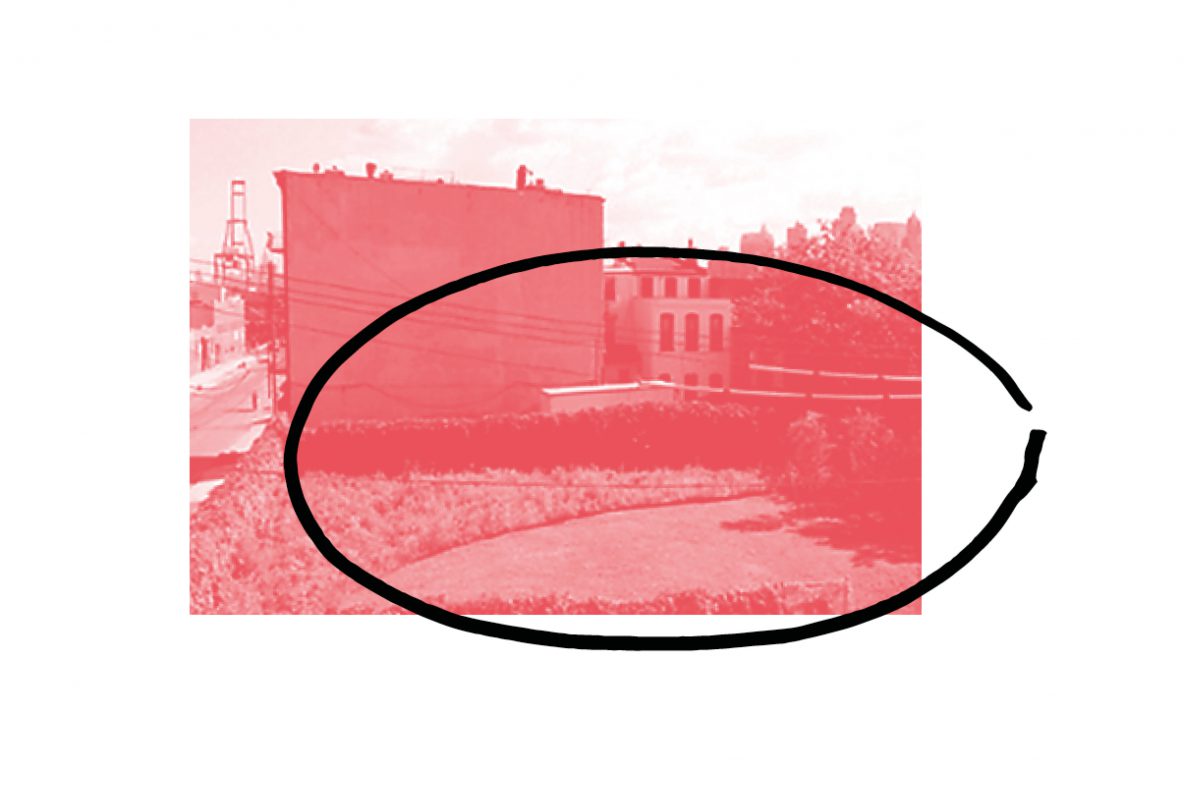
Look for linear elements in the city
As urbanization continues to create more fragmented habitat, it becomes increasingly important to maintain and create connectivity between natural areas. If you look at a map of a city, you can begin to identify linear elements, such as streets and waterways. These manmade and natural features create opportunities to add vegetation and create connected green spaces, which, theoretically, allow for higher mobility of plants and animals.
Greening the roadway
In the United States, there are over 10 million acres (4 046 856 hectares) of land within the road right-of-way. Public agencies are often responsible for the maintenance of these spaces. Planting them with native grasses and wildflowers, while modifying the frequency of mowing and the use of herbicides, can enhance roadside habitat for pollinators and other species. The Xerces Society states, “in landscapes denuded of natural areas by large scale agriculture or urbanization, roadsides are an increasingly important component of regional habitat networks.” The Society has numerous resources for roadside habitat management on their website. This concept can be implemented on the sides of large highways (photo B) and along the small medians and curbside planting strips of city streets (photo A). In Seattle, Washington, the ‘Pollinator Pathway’ was a citizen-led initiative that created a series of pollinator-friendly planting strips along Seattle’s Columbia Street for 1.6 kilometers. The vegetation used was primarily native and selected based on its “pollinator appeal, human enjoyment, city requirements, drought tolerance and ease of care” (Pollinator Pathway).
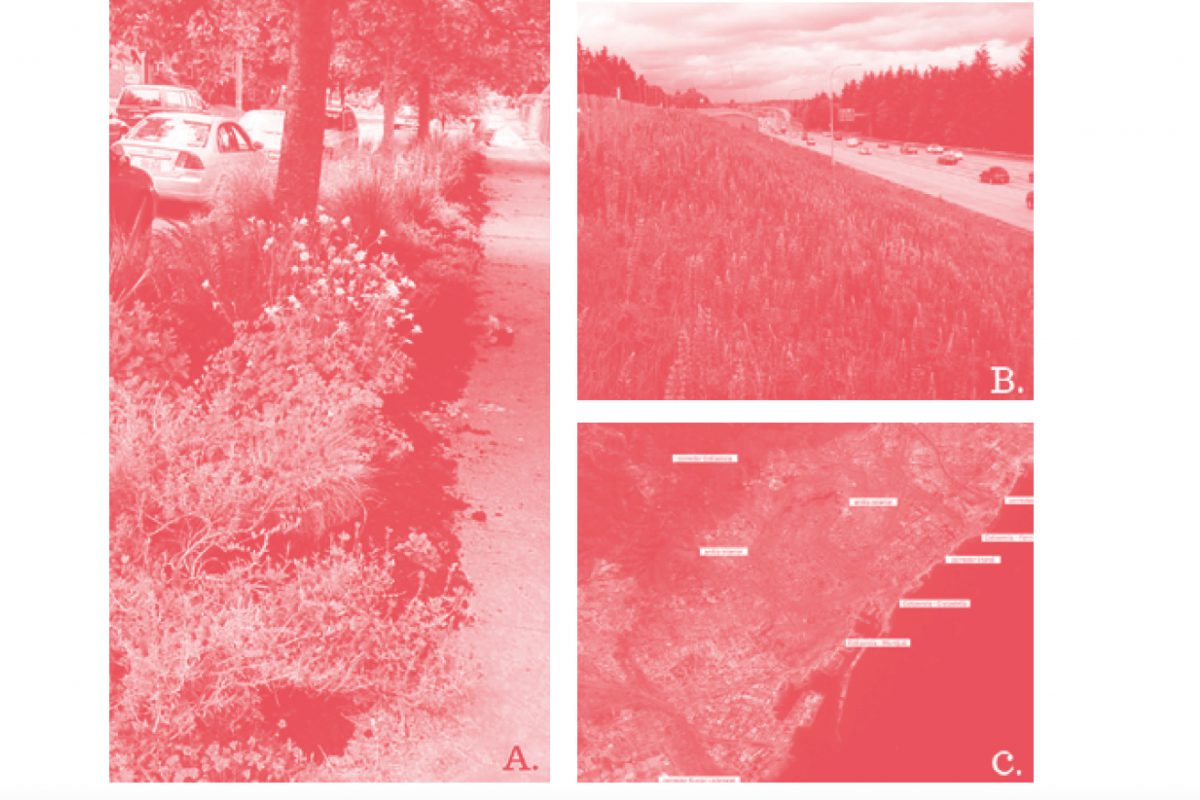
Public policy for connectivity
In terms of planning for connectivity on a citywide scale, Barcelona’s ‘Green Infrastructure and Biodiversity Plan’ is likely the most notable example (Barcelona City Council, 2013). It calls for the creation of green corridors that connect the city’s green space with natural areas outside the city limits. The plan creates a framework for deploying a network of urban green corridors that link the natural spaces of Collserola and the shoreline with the existing green spaces of the city (photo C).
From Concept to Action
The diagram below attempts to link the themes discussed above with concrete points of action. It greatly oversimplifies urban ecology and green space creation and management, but it helps to establish a framework for evaluating public space in new ways. Look at the city around you: Where are the existing green spaces? If a space doesn’t have vegetation, why do you think that is? Can it support a little more green? What are the opportunities to improve them? Who owns them?
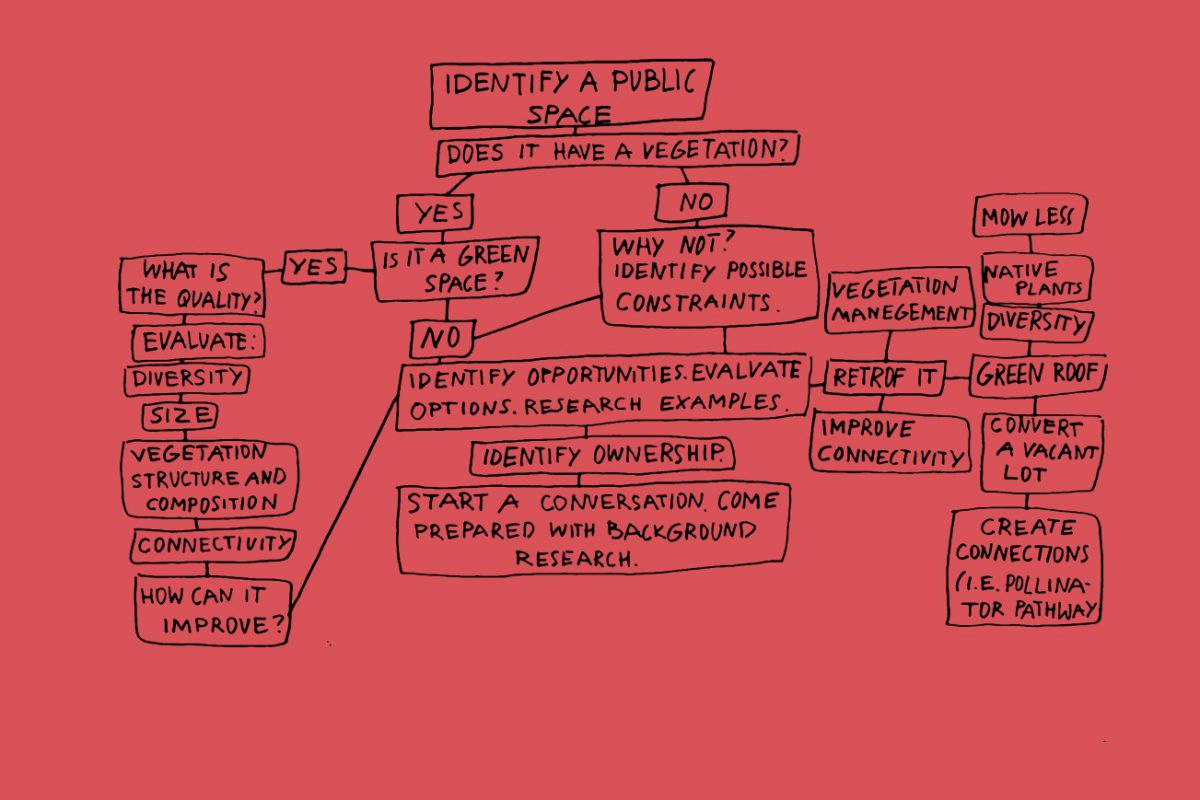
With 66% of the world living in cities by 2050, the battle for global biodiversity may be won or lost in the city (Calvo, 2010). Cities around the globe are recognizing nature and its contribution to their economies, human health and well-being. The process for including more nature in the city must be inclusive. Empowering stakeholders, such as citizens, with basic knowledge of ecology, biodiversity and its services will allow them to better advocate for nature, assess the quality and effectiveness of current policies and initiatives, and voice their preferences moving forward.